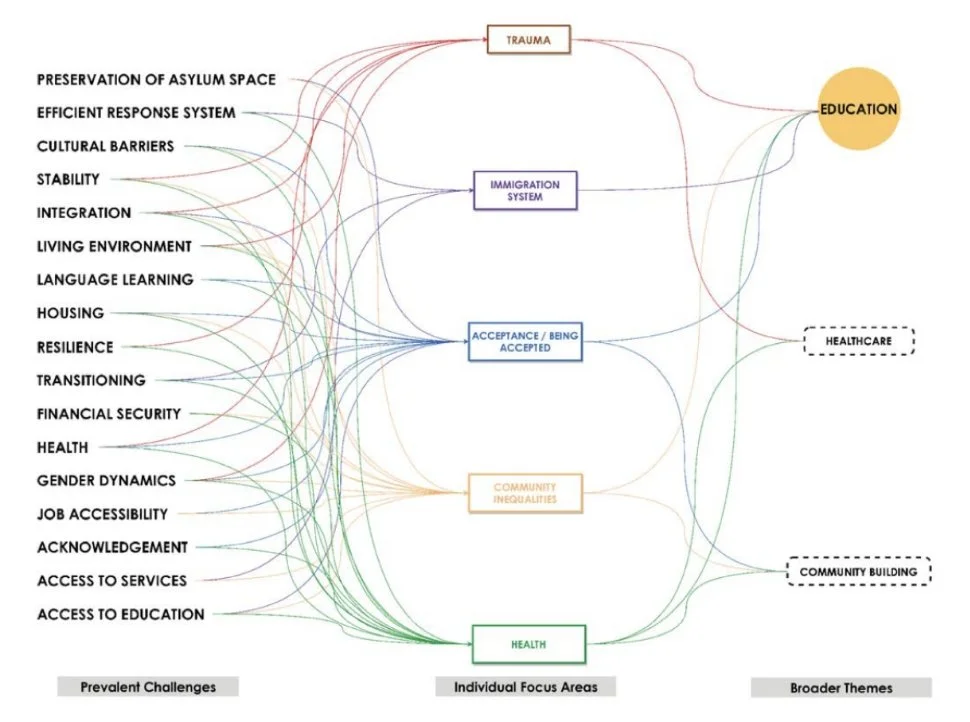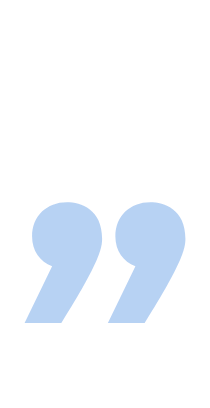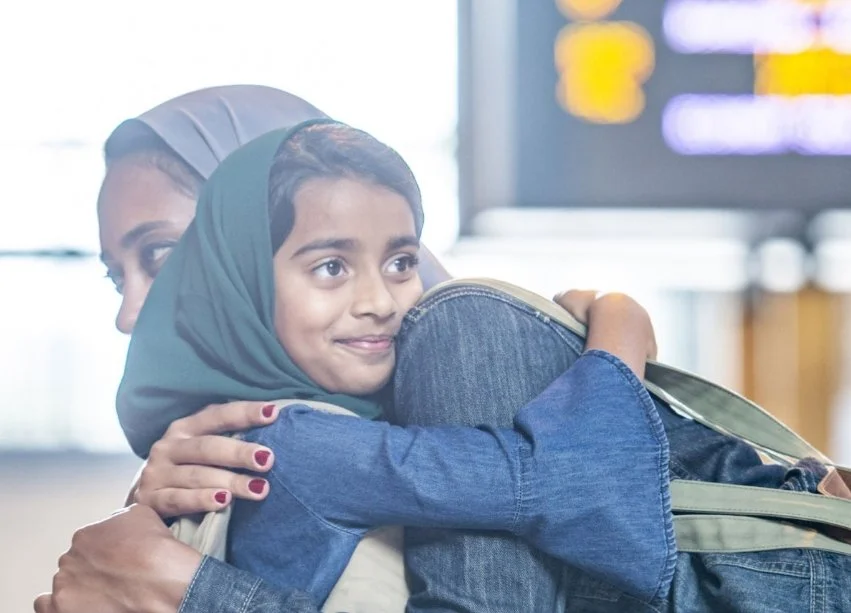Integration of Refugee Children in Canadian Schools
A research project that aims at creating equitable and inclusive classrooms for better integrating refugee children in Canadian schools.
Problem
Canadian elementary schools lack improper methods, tools, and frameworks to integrate Refugee children in classrooms.
Solution
POETIC: A user-friendly toolkit for teachers to foster inclusive and equitable classrooms for refugee students.
Impact
POETIC's holistic, open-source approach empowers global adoption by addressing unique concerns of refugee children, without requiring formal adoption.
Let’s imagine this scenario. Ahmed, an 8 year old Afghan refugee, has arrived in Toronto, two weeks after the Taliban took over Afghanistan. His family of six survived the suicide bombing near Kabul International Airport that killed 175 people. The family managed to get on to a rescue plane, fighting through bodies strewn and an unruly crowd. Ahmed has lived his entire life in this survival mode.
He is enrolled in an Ontario province school, in grade 2, one grade lower than peer’s his age. His class teacher, Liz, comes from a middle-class background and has had a fairly comfortable life. She has no experience of dealing with trauma, let alone dealing with a refugee child buried in a traumatic past.
This scenario stops here. It’s contextual, for you to keep at the back of your mind. It’s also a true story.
Fuzzy Beginnings
As part of the major research project for the Fall Term, 2021 (M.Design - Strategic Foresight and Innovation), we were handed the theme of ‘Resettlement of Refugees in Canada’. Like every wicked problem, the team I was leading started out pretty fuzzy about the topic area and our focus. We uncovered a diverse set of prevalent challenges and perspectives related to resettlement. A correlation between prevalent challenges and commonly known focus areas was established. Upon further distillation of these focus areas, we identified broader themes to explore.

The Focus
We chose to focus on the most vulnerable group, refugee children, particularly ages 4-12. We believe that no matter where a child comes from, they deserve safety, care, and support to thrive. Further, we strongly believe that education will truly empower refugee children and as a ripple effect help bring about a socioeconomic status change within their families, and eventually contribute to the nation they live in. Therefore, we wished to understand the integration of refugee children in Canadian schools.
The Problem
Our preliminary research revealed that education boards in Canada have theorized multiple frameworks and policies around the integration of refugee children, but in most cases lacked proper implementation. Teachers didn’t have the necessary skills or means to implement these frameworks without the help of external sources. Above all, these frameworks treated refugee children as a homogenous group overlooking individual experiences, backgrounds, trauma, or even skills. With this understanding, we formulated our problem statement:
How might Canadian elementary schools create inclusive and equitable environments for refugee children?
A problem worth addressing?
Canada is at the fore of resettling refugees displaced from their birth country due to atrocities related to war. Canada has resettled close to 73,000 Syrian refugees to date and most recently has proposed to resettle 40,000 Afghan refugees by FY2023. This only points to the fact that refugee resettlement will be an on-going theme.
We believe that resettling new groups of refugees calls for nuanced integration techniques, especially for children in schools. Consequently, it is imperative to take a step back and first understand what refugee children can offer in terms of knowledge, diversity, and skills. And with this understanding, craft strategies and programs to better integrate refugee children in Canadian schools.
Research
To understand first-hand about the realities and experiences of refugee children in classrooms, we conducted in-depth interviews with educators across Canada. Some of them came with strong profiles such as ESL (English as Second Language) and special education teachers, inclusive education consultants, and developmental psychologists.
As part of our research, literature reviews formed the backbone of our project. We reviewed intensive literature on the topics of integration, assimilation, acculturation of refugee children and low-socioeconomic status students, from prominent and credible sources - OECD (Organization for Economic Co-operation and Development), UNICEF, OCAD University, University of Alberta, University of Calgary, University of Toronto, and University of Manitoba to name a few.
Important to note: Our REB (Research Ethics Board) proposal also included conducting in-person classroom observations and interviews with refugee children to better understand on-ground realities. Unfortunately, we did not receive a green light to conduct these observations.
Analysis
To derive meaning from the data gathered, we used thematic analysis. As thematic analysis works, we collated key insights, weak signals, impactful reasonings, and strong statements from the semi-structured interviews and literature reviews. With the information organized, we could identify strong themes that were emerging through our understanding of the integration environment.
Synthesis
As much as we challenged the idea of frameworks and policies for integrating refugee children in Canadian schools, we came to realize that the problem is not the framework/policy itself, but in the complexity of its execution. Frameworks mean nothing if teachers don’t have the tools to execute them in classrooms, for example, a framework will posit that satisfying the learning, social, and emotional needs of a refugee child will lead to seamless integration in Canadian Schools, but it does not speak of “how”. We felt the “how?” was missing in all frameworks designed to aid integration.
“It’s important for teachers to value diversity. To engage existing students in activities that open their eyes to new cultures and celebrate and support the refugees’ culture.”
““Moving from Syria to Canada was changing the child’s life-dictionary, from Arabic to English…It was difficult because everyone spoke English. It was strange for them. They felt like strangers.” ”
““We have policies and resources in place that state what can be done but not enough on how can we do it.””
“It is important for teachers to be aware about the possible trauma refugee students face so they can be supportive and create a safe and caring classroom.””
The Solution: POETIC (Practical Open-source Education Toolkit for Inclusive Classrooms)
The product of our research was POETIC, a user-friendly toolkit hosted on an open-source website, that elementary school teachers can simply access to foster inclusive and equitable classrooms for refugee students. Building on the frameworks presented to us through research, we created a radically improved version of a framework. POETIC functions as a toolkit rather than just a framework, here are three of its important functions:
— Clearly states the needs of refugee children in a detailed format. The educator simply needs to be aware of these needs at all times to create inclusive and equitable classrooms
— Provides a clear picture of the problems a refugee child is facing, by Interlinking the ‘human- factors’ affecting integration with the ‘needs of refugee children’.
— Provides access to activities that teachers can implement within classrooms to satisfy related factors and needs of refugee children, and eventually aid their integration.

Impact of POETIC
POETIC is holistic in nature, that is, it takes into consideration the uniqueness of every refugee child and helps teachers tackle a variety of related concerns.
It is a solution that is geography agnostic and flexible enough to be adopted not only in Canadian schools but globally as well.
As an open-source toolkit that will be hosted on a website, we’ve imagined POETIC’s integration activity list to be periodically updated by vetted contributors.
The solution need not be formally adopted as part of a school curriculum; teachers, education boards, and psychosocial services can simply access the website and utilize what works for them.
Reflections & Lessons
As the team lead, I leveraged my experience in stakeholder management and was influential in pinning the research to a participatory approach, in particular, efforts to interview educators in the field. This project was a culmination of three subjects - Design Thinking, Human-Factors, and Innovative Research Methods, and I believe I was able to ground our problem-solving to listening, dialog, and empathy.
Although, throughout this intensive research project, I felt that we as a team were only dipping our feet into the overarching concern of integrating refugee children in Canadian schools. Despite the limited scope and short timeline of the project, it was absolutely necessary to conduct in-class observations to understand how refugee children were reacting to class environments. Unfortunately, our team did not receive an REB approval to approach schools for such observations. I do understand the vulnerability angle and how Ethics Boards stand as guard rails to protect vulnerable groups; but classroom observations are vital ways for researchers to understand and improve existing frameworks and policies on integration. This activity would’ve made our research much stronger. Developing a stronger REB proposal for subsequent projects by accommodating all the necessary regulatory requirements, is our major takeaway from the project.








